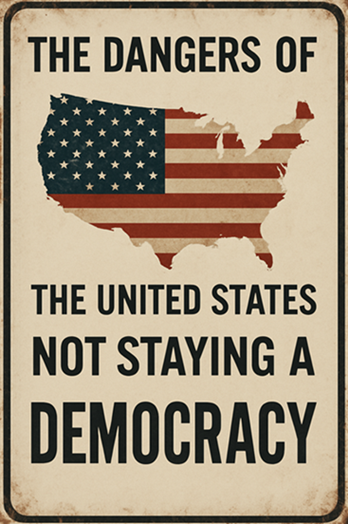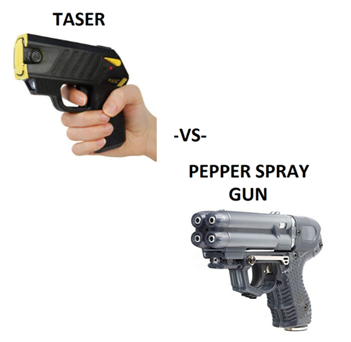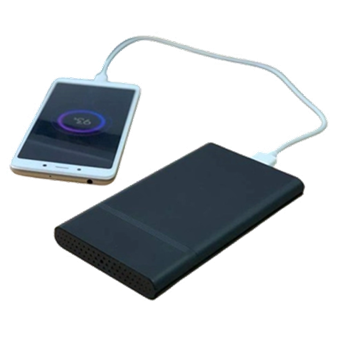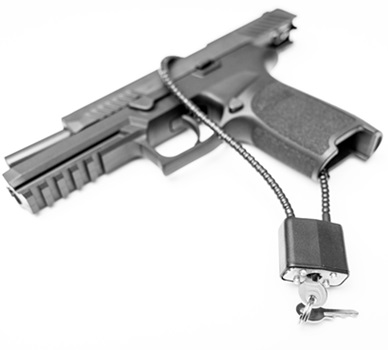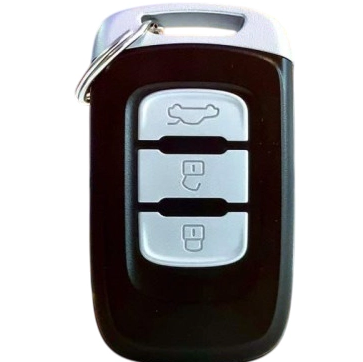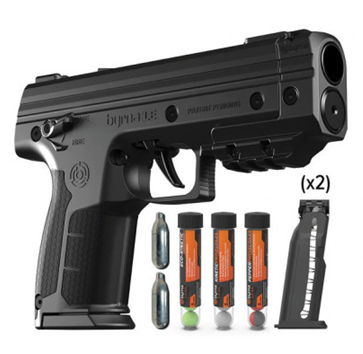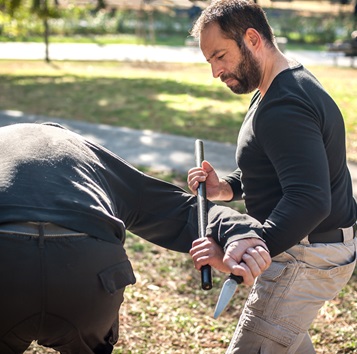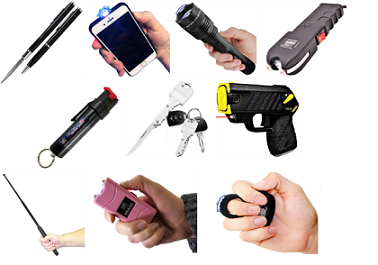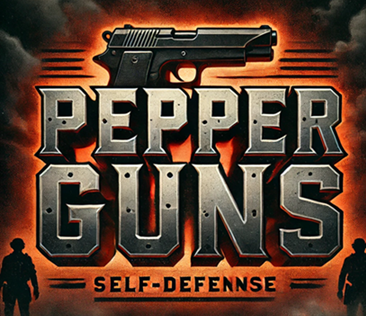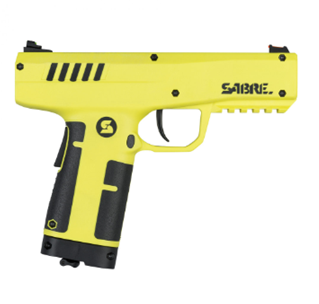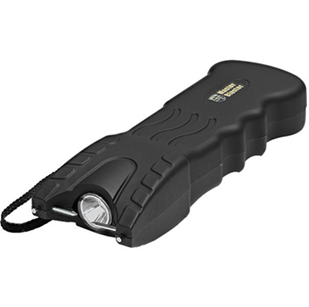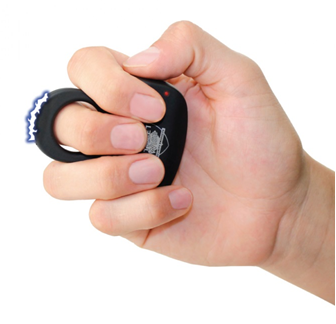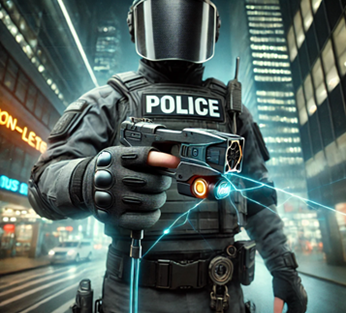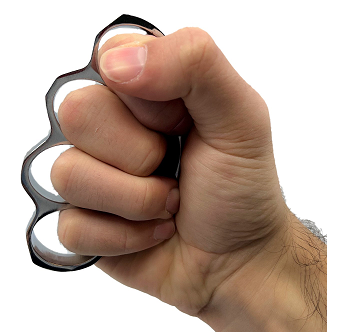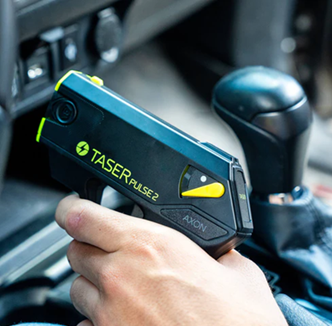Taser vs Pepper Gun: Which Self-Defense Tool Is Right for You?
 When it comes to personal safety, choosing the right self-defense tool can be a life-altering decision. In recent years, two popular non-lethal weapons — pepper guns and tasers —have gained traction among civilians, security professionals, and law enforcement. Each tool offers a unique set of benefits and drawbacks, making it essential to understand the differences before deciding which is right for you.
When it comes to personal safety, choosing the right self-defense tool can be a life-altering decision. In recent years, two popular non-lethal weapons — pepper guns and tasers —have gained traction among civilians, security professionals, and law enforcement. Each tool offers a unique set of benefits and drawbacks, making it essential to understand the differences before deciding which is right for you.
This comprehensive guide explores the advantages and disadvantages of using a pepper gun versus a taser, helping you make an informed decision about your self-defense strategy.
What Is a Pepper Gun?
A pepper gun is a non-lethal weapon designed to fire pepper spray projectiles (sometimes called OC or oleoresin capsicum rounds) at a distance. Unlike traditional handheld pepper spray, which releases a mist or stream, pepper guns use CO₂ cartridges or other propulsion methods to launch pepper-based irritants as a gel or powder.
Key Features:
-
Long-range (typically 10–25 feet)
-
Easy to use
-
Non-lethal and legal in most states
-
Effective against multiple assailants
What Is a Taser?
A taser (or conducted electrical weapon, CEW) is a device that uses electrical current to disrupt voluntary muscle control. It typically fires two barbed probes connected by wires, which deliver a high-voltage, low-amperage shock to incapacitate the attacker temporarily.
Key Features:
-
Effective within 15–20 feet
-
Disables attacker through neuromuscular incapacitation (NMI)
-
Can be used in direct contact (drive stun mode)
-
Used by law enforcement worldwide
Advantages of a Pepper Gun
1. Extended Range
Pepper guns can reach targets up to 25 feet away, depending on the model. This allows users to neutralize a threat from a safer distance than traditional pepper sprays or contact-based weapons like stun guns.
2. Less Precision Required
While accuracy is always important, pepper guns often disperse their irritant over a wide area. Some models fire a cloud-like burst or expanding gel pattern, increasing the chances of making contact even under stress.
3. Multiple Shots and Reloadable
Many pepper guns allow for multiple shots before needing to be reloaded. This is helpful in situations involving more than one attacker or when the first shot misses.
4. Psychological Deterrence
Pepper guns often resemble real firearms, especially models with a pistol grip and trigger. This appearance can serve as a powerful deterrent, potentially stopping an attack before it begins.
5. Minimal Training Required
Using a pepper gun effectively doesn't require extensive training. Its operation is straightforward, making it accessible for a wide range of users including seniors, women, and those without combat training.
6. Less Lethal with Reduced Legal Risk
Since pepper spray is non-lethal, using a pepper gun is less likely to result in legal consequences compared to firearms or more aggressive weapons.
Disadvantages of a Pepper Gun
1. Wind Sensitivity
Although some models shoot pepper in gel or powder form, environmental factors like wind can still redirect the spray, possibly blowing it back toward the user.
2. Less Effective on Highly Motivated Attackers
Individuals under the influence of drugs, alcohol, or experiencing a mental health episode may not respond to pepper spray as expected. This can give them time to continue their attack even after being sprayed.
3. Slow Onset
Pepper spray doesn’t always incapacitate immediately. The full effect—burning eyes, coughing, disorientation—can take several seconds, which may be too slow in a fast-paced confrontation.
4. Requires Maintenance and Awareness of Expiry Dates
CO₂ cartridges and pepper projectiles have expiration dates and need occasional maintenance or replacement to remain effective.
5. Less Effective Indoors
In enclosed spaces, the chemical agent can linger and affect others—including the user—making pepper guns better suited for outdoor use.
Advantages of a Taser
1. Immediate Incapacitation
When deployed successfully, a taser can instantly incapacitate an assailant through neuromuscular disruption. The person loses control of their muscles, making them fall to the ground and unable to continue the attack.
2. Works Through Clothing
Tasers are effective even through several layers of clothing, unlike stun guns which require direct contact with bare skin or thin material.
3. No Cross-Contamination
Unlike chemical-based weapons, tasers don’t release a substance into the air, so there’s no risk of affecting innocent bystanders—or the user—through accidental exposure.
4. Drive Stun Mode for Close Quarters
If you’re unable to fire the probes or miss your target, you can use the taser in drive stun mode by pressing it directly against the attacker to deliver an electric shock.
5. Strong Legal Standing
In many jurisdictions, tasers are classified differently than firearms or chemical weapons, making them a favored non-lethal choice for personal defense. However, this varies by state and locality.
6. Evidence Collection (Some Models)
Advanced tasers used by law enforcement record data such as time of use, number of discharges, and in some cases, video footage. This can be useful for legal protection after an incident.
Disadvantages of a Taser
1. Limited Range
Most consumer tasers have an effective range of only 15–20 feet. If the attacker is too far, the device may not reach them in time.
2. One or Two Shot Only
Consumer tasers typically carry a single cartridge, meaning you only get one or two chance to hit your target at a distance depending on the model. (The TASER 7 CQ allows for 2 shots). If you miss, you're left with drive-stun mode or must manually reload under pressure.
3. Requires Accuracy
The probes must hit the body (preferably spaced apart) to create a proper circuit. A missed shot or poor contact can render the taser ineffective.
4. Expensive
Tasers are generally more expensive than pepper guns. A quality model can cost $300 or more, not including cartridge refills and batteries.
5. Legal Restrictions
Some cities and states have strict laws about owning or carrying tasers. In certain areas, civilians may not be allowed to use them at all without a permit.
6. Potential for Overkill
While tasers are non-lethal, improper use—such as repeated shocks—can cause injury or medical complications, especially for individuals with pre-existing health issues.
Side-by-Side Comparison Table
| Feature | Pepper Gun | Taser |
|---|---|---|
| Range | Up to 25 feet | Typically 15–20 feet |
| Immediate Incapacitation | Moderate (seconds) | High (instant if probes connect) |
| Ease of Use | Very easy | Moderate (aiming and reloading required) |
| Risk of Blowback | Yes (wind and enclosed areas) | None |
| Cost | $50–$150 | $300+ |
| Legal Restrictions | Fewer restrictions | Heavily regulated in some areas |
| Refill/Reload | Easy and affordable | More expensive, fewer shots |
| Maintenance | Moderate (check cartridges, expiry) | Moderate (battery, cartridge replacement) |
| Multiple Attackers | Can fire multiple rounds | Usually single shot, but double shot is available |
| Close-Range Option | Less effective in grappling | Yes (drive stun mode) |
Choosing the Right Tool for You
There’s no one-size-fits-all solution when it comes to self-defense. Your ideal choice depends on your environment, risk level, physical ability, and comfort level.
Choose a Pepper Gun If You:
-
Prefer distance over close combat
-
Want a tool with lower legal risk
-
Need to deter multiple attackers
-
Are looking for an affordable, easy-to-use option
-
Often find yourself in outdoor or open-air environments
Choose a Taser If You:
-
Want the fastest incapacitation method
-
Are confident in your aim and handling
-
Frequently encounter enclosed or windy environments
-
Need a self-defense option that doesn’t risk contaminating others
-
Live in an area where tasers are legally allowed
Bonus Tip: Carry Both for Maximum Flexibility
If your budget and local laws allow, carrying both a pepper gun and a taser can give you layered protection. The pepper gun provides a strong initial defense at range, while the taser acts as a backup in case of a close-quarters struggle or failed chemical deployment.
Final Thoughts
Both pepper guns and tasers have their strengths and weaknesses, and the best choice ultimately depends on your personal situation. Whether you're walking to your car late at night, jogging on a trail, or working in security, being prepared can make all the difference.
Remember: owning a self-defense tool is only part of the equation. Training, awareness, and confidence are equally important. Take the time to practice, understand your local laws, and stay alert—your safety is worth it.
What’s your preferred self-defense tool? Let us know in the comments, and don’t forget to subscribe for more safety tips and gear reviews.
Check out our pepper guns (JPX, Byrna, Streetwise, Sabre, Mace) and civilian tasers (7CQ, X1, Pulse 2, Bolt 2) to stay safe wherever you go.
Company Info
Customer Service
Product Information
- TASER® and Stun Devices Regulations by State
- TASER® Safe Escape Product Replacement Guarantee
- TASER® Comparison Chart
- TASER® User Manuals
- TASER® Warranty Info
- Byrna Product Catalog
- PepperBall Manuals & Spec Sheets
- Pepper Spray Laws
- Air Gun Laws
- States that Restrict Automatic and Butterfly Knives
- Our Print Catalog
























